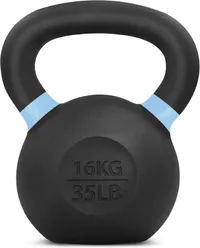A personal trainer says these are the three exercises you should be doing regularly if you walk a lot
If you love to walk, add these moves to your routine to reduce the chances of getting an injury
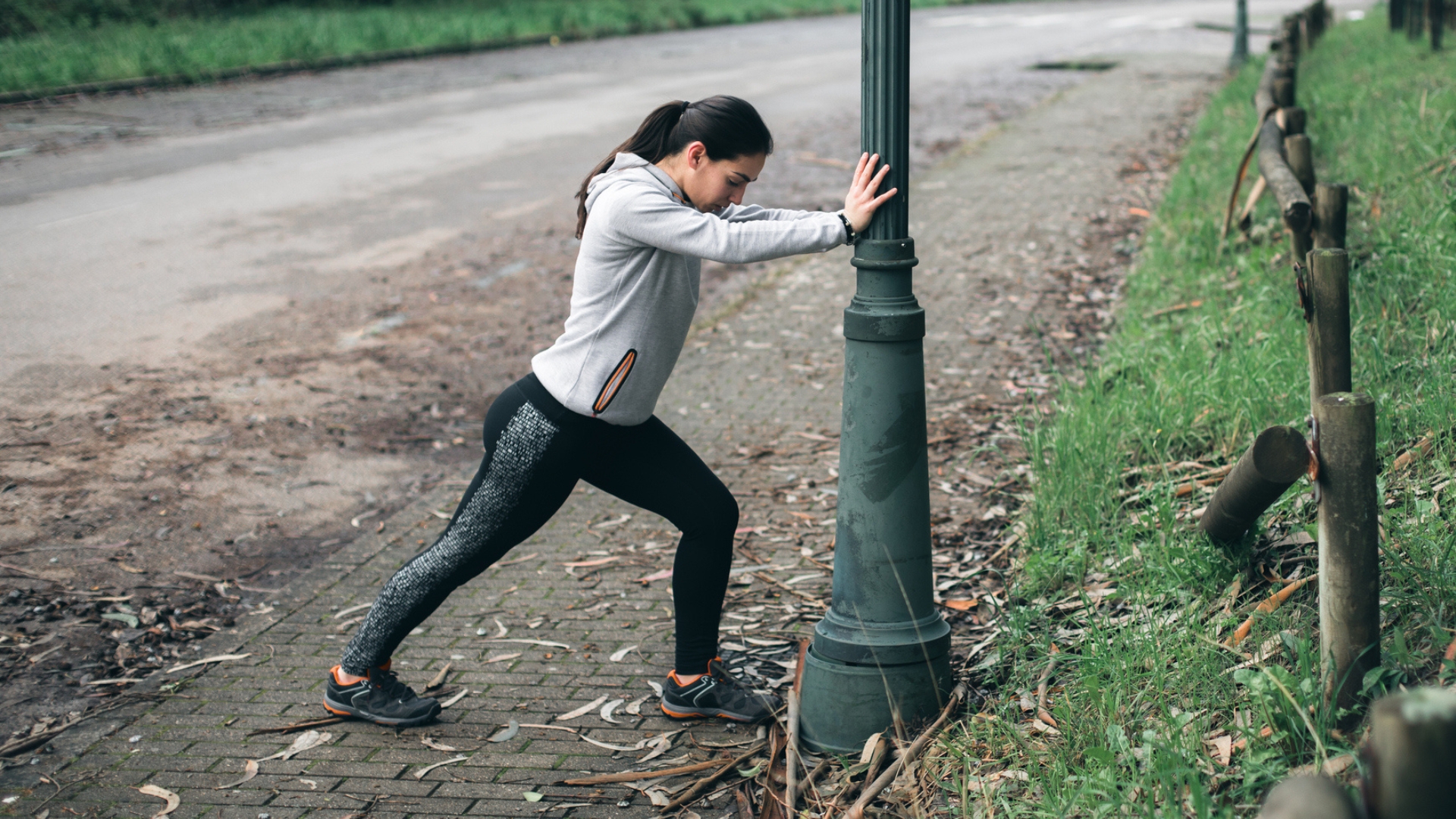
Walking might seem like a simple way to work out but it’s one of the best things you can do for your body. If you’re new to walking it’s worth being aware of the muscles it engages and how you can keep them strong, supple and healthy.
“Walking is one of the most underrated forms of movement,” says Alo Moves' head trainer for Los Angeles, Louis Chandler. “It’s low-impact, accessible and incredibly effective for maintaining overall mobility.
“It also enhances body awareness by reinforcing good posture, stride mechanics and mindful movement, which are all essential for joint health and injury prevention.”
Walking can be surprisingly effective at helping you build strength, tone and endurance in your muscles, despite being low-impact. And because many people can sustain walking longer than running, it can also mean burning more calories over time, especially if you’re just starting with fitness.
“Over time, walking builds endurance and resiliency that support healthy aging both inside and outside the gym,” says Chandler.
“From a balance perspective, walking requires coordination and weight shifting from one side of the body to the other, which strengthens stabilizing muscles and helps prevent falls as we age.”
I asked Chandler what we should all be doing to support our walking muscles, and he gave me his top three exercises to stretch and strengthen the lower body.
Start your week with achievable workout ideas, health tips and wellbeing advice in your inbox.
You’ll need a pair of dumbbells or kettlebells, but you can also use filled water bottles or a backpack in a pinch.
1. Calf stretch
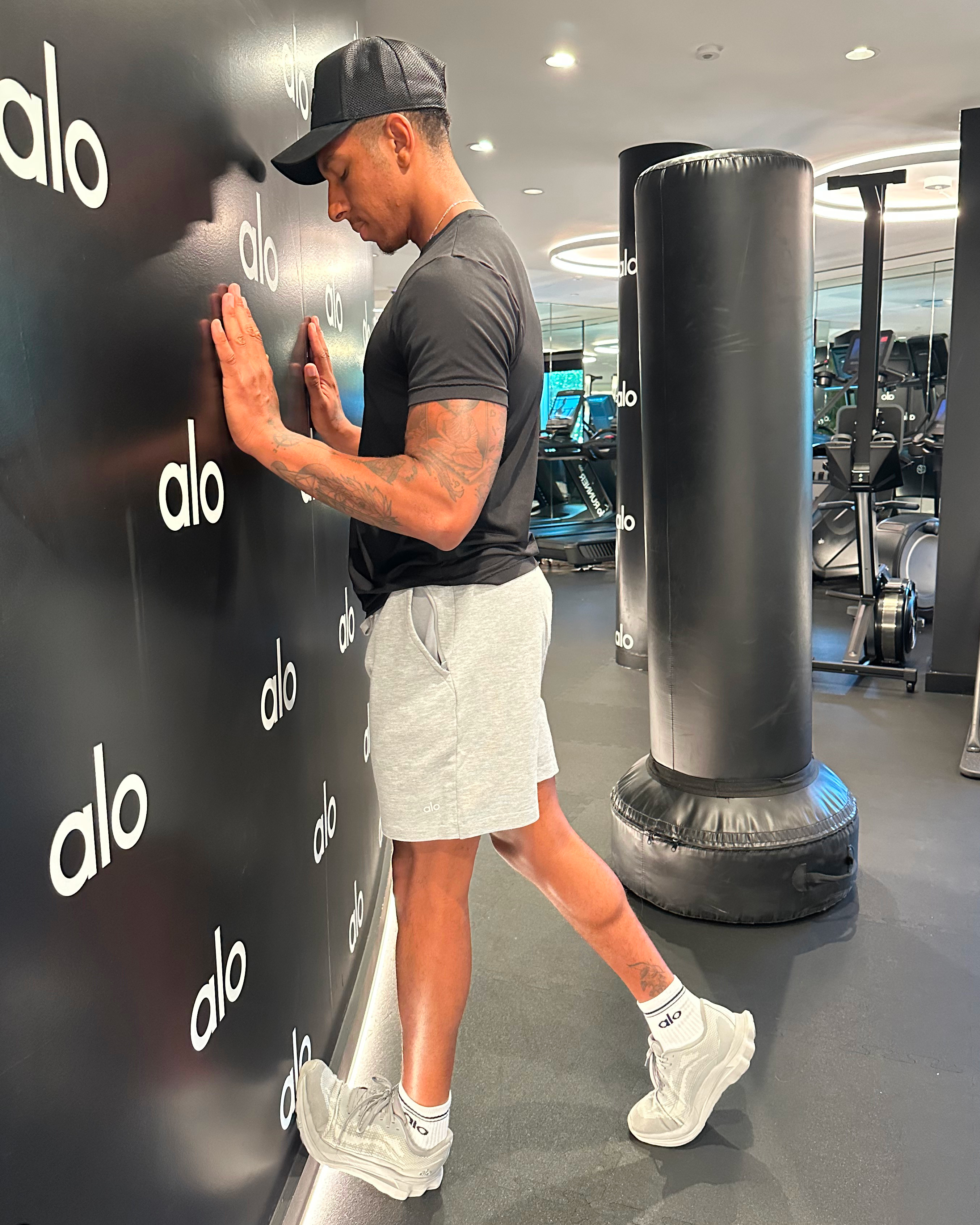
Sets: 2-3 Duration: 20-30sec each side
- Stand facing a wall with your palms pressed into the wall at shoulder height.
- Place your toes on the wall, keeping your heel on the floor and leg straight.
- Lean gently into the wall until you feel a stretch in the calf of your back leg.
Why it works: “Tight calves can negatively affect your gait mechanics and may contribute to discomfort in the knees or lower back,” says Chandler.
“Keeping your calves flexible helps maintain a smooth, balanced stride, allowing you to walk longer distances comfortably and efficiently. Stretching the calves regularly also supports ankle mobility, which is key for stability during walking.”
2. Romanian deadlift
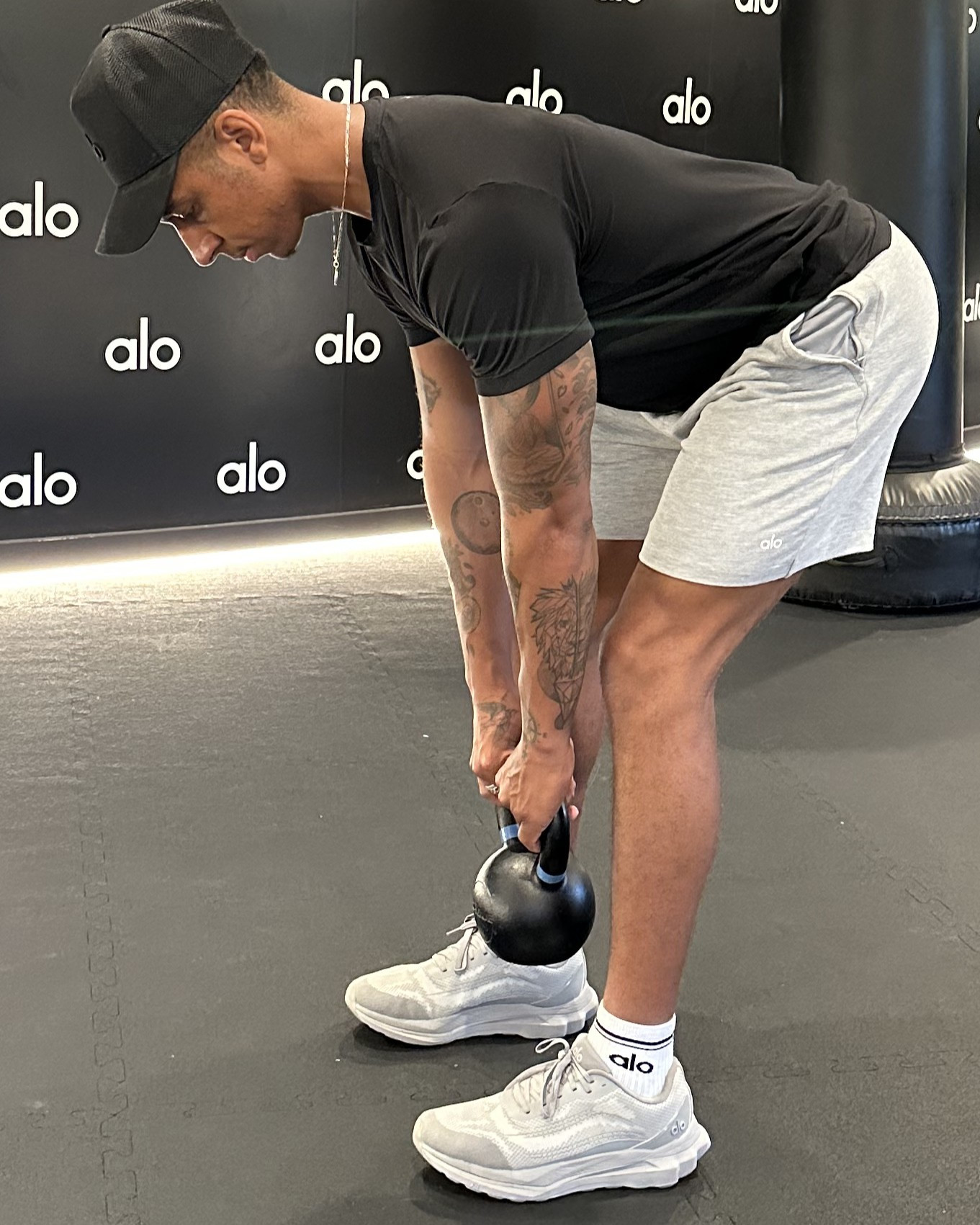
Sets: 2-3 Reps: 8-10
- Stand with your feet hip-width apart with a slight bend in your knees holding dumbbells, or a kettlebell or barbell in front of your thighs.
- Keeping your back flat and core engaged, hinge at the hips, pushing your hips back, to lower the weight, keeping it close to your legs.
- Lower until you feel a stretch in your hamstrings, then push your hips forward to return to standing.
- Keep the movement slow and controlled throughout, and avoid rounding your back.
Why it works: “Romanian deadlifts [RDLs] are excellent for strengthening the hamstrings and glutes, which are the primary muscles that drive powerful, efficient steps,” says Chandler.
“Strengthening these muscles improves your walking speed and stamina, while helping to reduce fatigue during longer distances. Additionally, RDLs reinforce the hip hinge movement pattern, which is essential for protecting your lower back and promoting healthy posture as you move.”
Get a huge 44% off this highly-rated kettlebell. It’s a heavy 35lb, but you need to go heavy to challenge your powerful lower-body muscles.
3. Weighted march
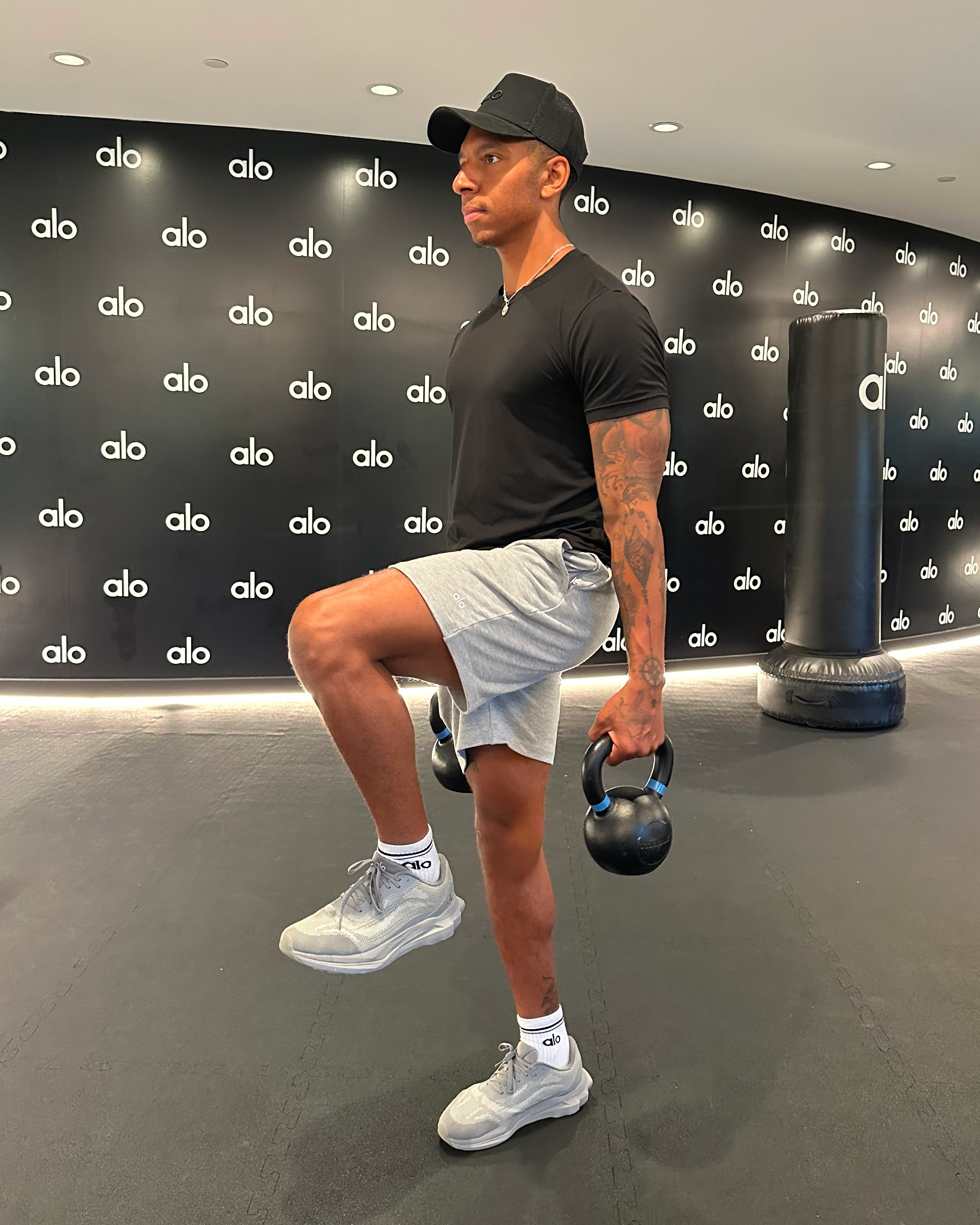
Sets: 2-3 Reps: 10-12 each side
- Stand holding weights by your sides and engage your core.
- Lift one knee to hip height while keeping your spine upright and shoulders back.
- Lower your foot and repeat on the other side.
- Continue alternating legs, marching in place with control and balance, engaging your hips and core.
Why it works: “Kettlebell marches are a dynamic exercise that improves core stability, balance and coordination,” says Chandler.
“All these elements are crucial for maintaining a strong, efficient walking gait. Because this movement mimics the natural gait cycle while adding resistance, you’re training your body to walk better under load. This helps build endurance and control, reducing fatigue and improving overall walking performance.”

Lou Mudge is a Health Writer at Future Plc, working across Fit&Well and Coach. She previously worked for Live Science, and regularly writes for Space.com and Pet's Radar. Based in Bath, UK, she has a passion for food, nutrition and health and is eager to demystify diet culture in order to make health and fitness accessible to everybody.
Multiple diagnoses in her early twenties sparked an interest in the gut-brain axis and the impact that diet and exercise can have on both physical and mental health. She was put on the FODMAP elimination diet during this time and learned to adapt recipes to fit these parameters, while retaining core flavors and textures, and now enjoys cooking for gut health.
You must confirm your public display name before commenting
Please logout and then login again, you will then be prompted to enter your display name.

